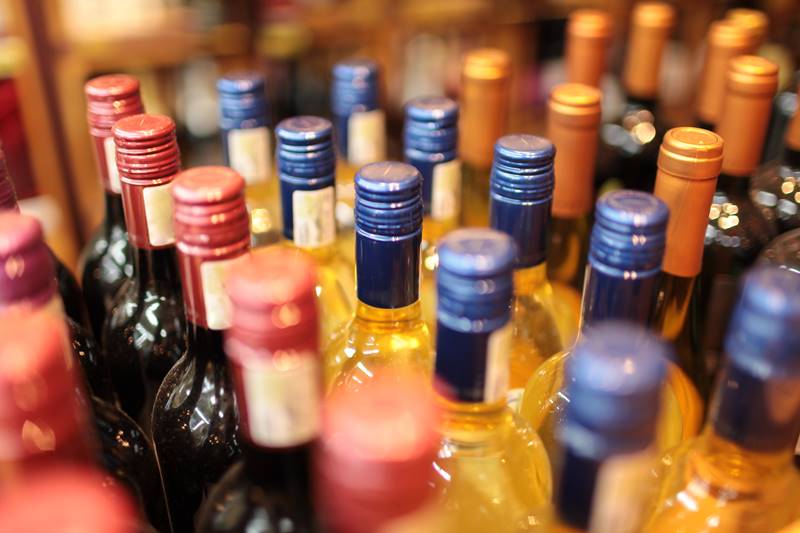Saturation and Consolidation Squeeze US Wine Market
Independent Wineries Struggle as US Wine Market Reshapes
2024-07-19

The wine market in the United States is currently facing significant challenges, with a saturation of brands making it difficult for distributors to sell effectively. This has been exacerbated by acquisitions and the exit of smaller distributors, leading to a consolidation in the distribution sector. Despite a continual influx of new imported labels, the number of distributors has shrunk, complicating the market landscape.
One major challenge is the emergence of the neo-prohibitionist movement, which has led to increased scrutiny of alcohol consumption and stricter regulations. Additionally, large retail chains are increasingly focusing on private label brands, which tend to be more profitable. Although the number of new wine labels approved by the Alcohol and Tobacco Tax and Trade Bureau (TTB) has slightly decreased since the pandemic, the competition remains fierce. The TTB still approves approximately 115,000 wine labels annually, including existing products with significant changes.
Most of the new label approvals are for imported wines. Pre-pandemic, around 125,000 labels were approved each year, but this number has since fluctuated between 110,000 and 115,000. SipSource, a point of distribution (POD) data system in Washington DC, has reported a decline in wine sales, highlighting a broader trend in the market.
SipSource data indicates that retailers are stocking fewer wine items, with purchase orders reduced by 6.6 percent. While imported wines are generally performing better than domestic ones, there has been a 6.3 percent decline in off-premise sales and a 5.8 percent decline in on-premise sales for imported wines. These figures are based on the year ending May 2024 compared to the previous year and encompass all table and sparkling wines.
A significant issue is the shrinking distribution sector in the U.S. Currently, three major distributors dominate the market. Supermarket wine sales are also affected by the reduction in the number of chains in states where wine can be sold in these establishments.
Furthermore, the three-tier wholesale system is failing to meet the current needs of independent wineries. In the 1990s, there were more distributors than wineries in the U.S. Today, fewer than 1,000 distributors serve the needs of over 8,000 wineries.
The route to market for independent wineries has become much more challenging, especially for those looking to sell through the wholesale channel. This situation is exacerbated by the promotion of private label brands by large retailers, which offer higher profit margins than third-party wine brands.
Distributors are overwhelmed, prioritizing the accounts of larger wineries that represent significant financial implications for their businesses. Consequently, they lack the time to cater to the needs of smaller, independent wine brands. Additionally, a global decrease in wine consumption and the continual influx of imported brands further complicate the situation.
Independent wineries are being squeezed out of the market due to the pressure from larger retailers on their distributors to stock more private and controlled label brands, which are more profitable. This leaves less shelf space in retail stores for third-party wine brands.
As a result of this reorganization and the inability of both retail and restaurant sectors to accommodate new brands, it is expected that there will be less shelf space for wines priced under $10. It will also be very difficult for wholesalers to accept new brands unless they have a compelling sales history or a substantial promotional budget. Brands with lower margins, less support from wineries, or perceived as difficult to sell are likely to be eliminated.
New products, particularly imports, will continue to face significant hurdles in entering the market. This situation is unlikely to change as long as distribution levels continue to decrease and more private label brands enter the market. The current trends point to a challenging environment for new and independent wine labels in the U.S. wine market.
Founded in 2007, Vinetur® is a registered trademark of VGSC S.L. with a long history in the wine industry.
VGSC, S.L. with VAT number B70255591 is a spanish company legally registered in the Commercial Register of the city of Santiago de Compostela, with registration number: Bulletin 181, Reference 356049 in Volume 13, Page 107, Section 6, Sheet 45028, Entry 2.
Email: [email protected]
Headquarters and offices located in Vilagarcia de Arousa, Spain.